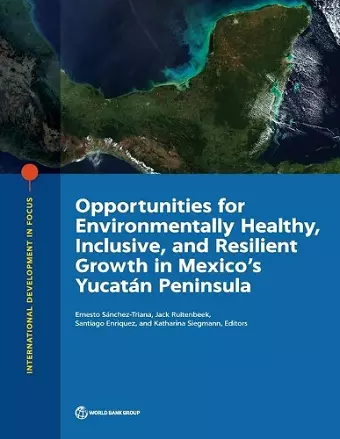Opportunities for Environmentally Healthy, Inclusive, and Resilient Growth in Mexico's Yucatán Peninsula
Ernesto Sánchez-Triana editor Santiago Enriquez editor Jack Ruitenbeek editor Katharina Siegmann editor
Format:Paperback
Publisher:World Bank Publications
Published:30th Jan '20
Should be back in stock very soon

Mexico's Yucatán Peninsula faces growing risks from environmental hazards. Oil spills, hurricanes, coral bleaching, extreme flooding, and erosion have all been experienced over the past decade. This report explores selected topics that aim to inform decision-making in the region.
ISBN: 9781464813573
Dimensions: 279mm x 215mm x 7mm
Weight: 525g
142 pages